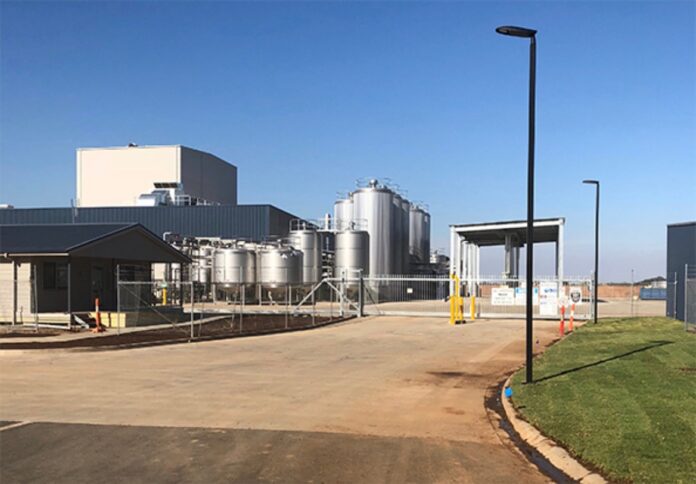
The Victorian Government is investing more than $8 million through the Waste to Energy – Bioenergy Fund to boost 24 projects, including the improvement of a major dairy business that aims to convert cheese whey waste into biogas to be used to power its dairy manufacturing plant.
The funding will specifically assist the Australian Consolidated Milk (ACM) in reducing its dependency on fossil fuels, thereby creating renewable energy from organic waste that would otherwise wind up in landfill.
A landmark investment by the Andrews Labor Government, the funding intends to support farming and food production, and other industry sectors to turn organic waste – including agricultural, livestock, food and wood waste – into electricity, heat, gas, or liquid fuel.
The projects are expected to increase Victoria’s renewable energy capacity by 6.82 megawatts (MW), which is enough to power 3410 houses with renewable energy.
Katunga Fresh, a tomato grower in the Goulburn Valley, has earned a $1 million grant and will be able to convert spent tomato plants into a gas that will be utilised to heat their glasshouses, with any extra gas being returned to the grid.
“This is a significant boost to Victoria’s bioenergy sector and sends a strong signal to our industries of the critical role waste to energy has towards achieving our goals to reduce emissions,” stated Minister for Environment Ingrid Stitt.
The minister underscored how the funded initiatives will boost Victoria’s bioenergy production capacity by over 6.8 megawatts while also providing new local jobs and income streams for farmers.
Stitt said, “This is a win for cutting the amount of waste we send to landfill, a win for generating more renewable energy in Victoria, and a win in helping drive down our emissions.”
Meanwhile, Minister for Agriculture Gayle Tierney said the initiatives will enable producers to increase their energy efficiency while giving them additional chances to create new cash streams.
Projects funded are expected to generate up to 192 short-term jobs and 29 long-term jobs, as well as new revenue streams for Victoria’s primary farmers.
For more information about the projects, you may visit this link.



















